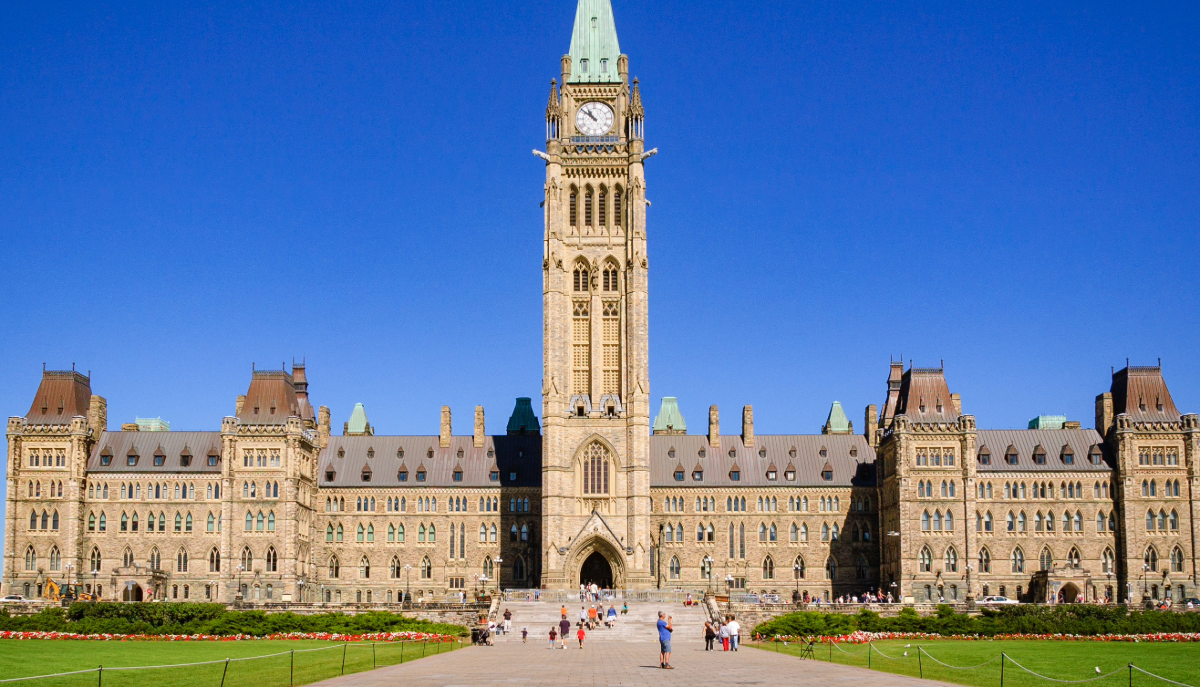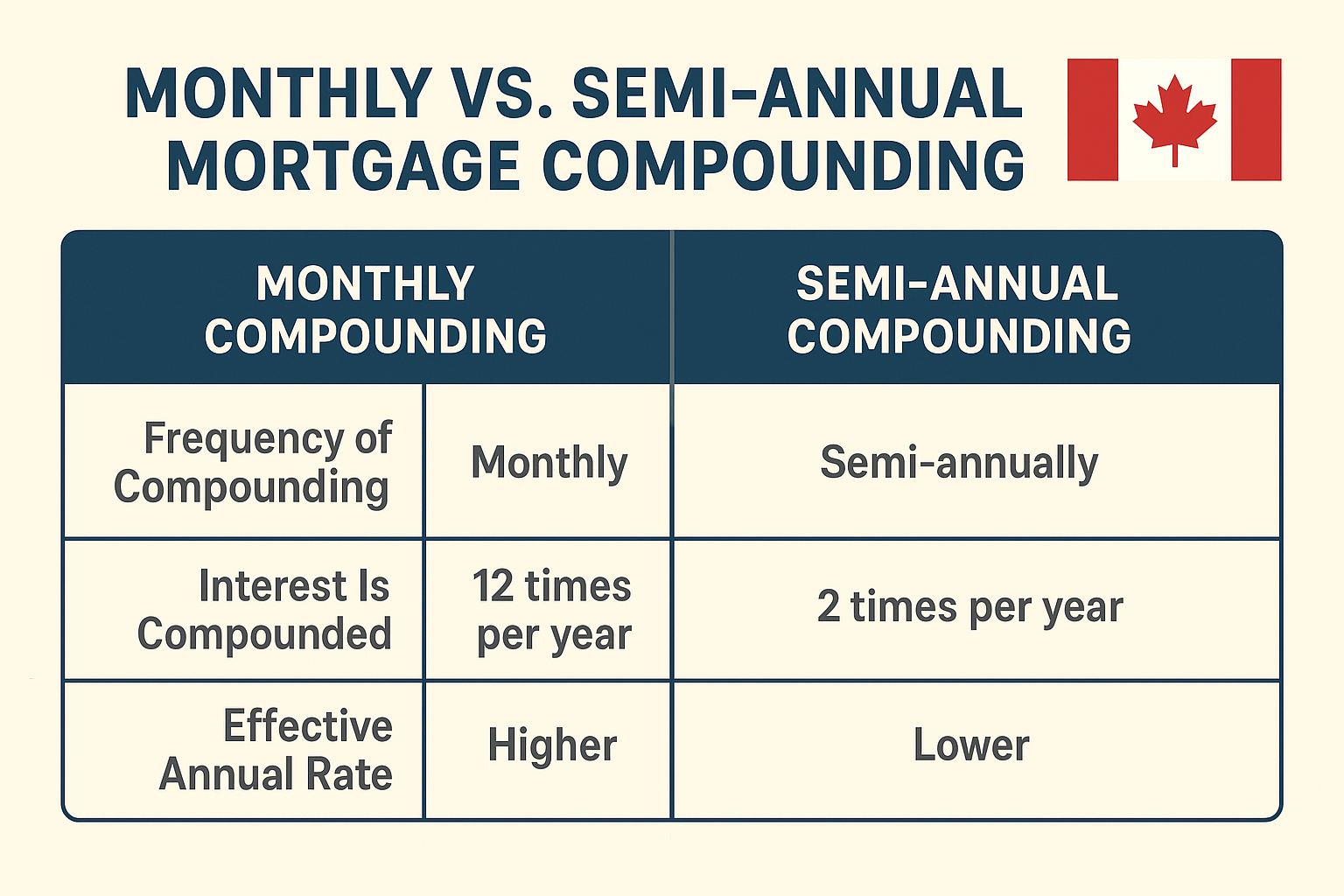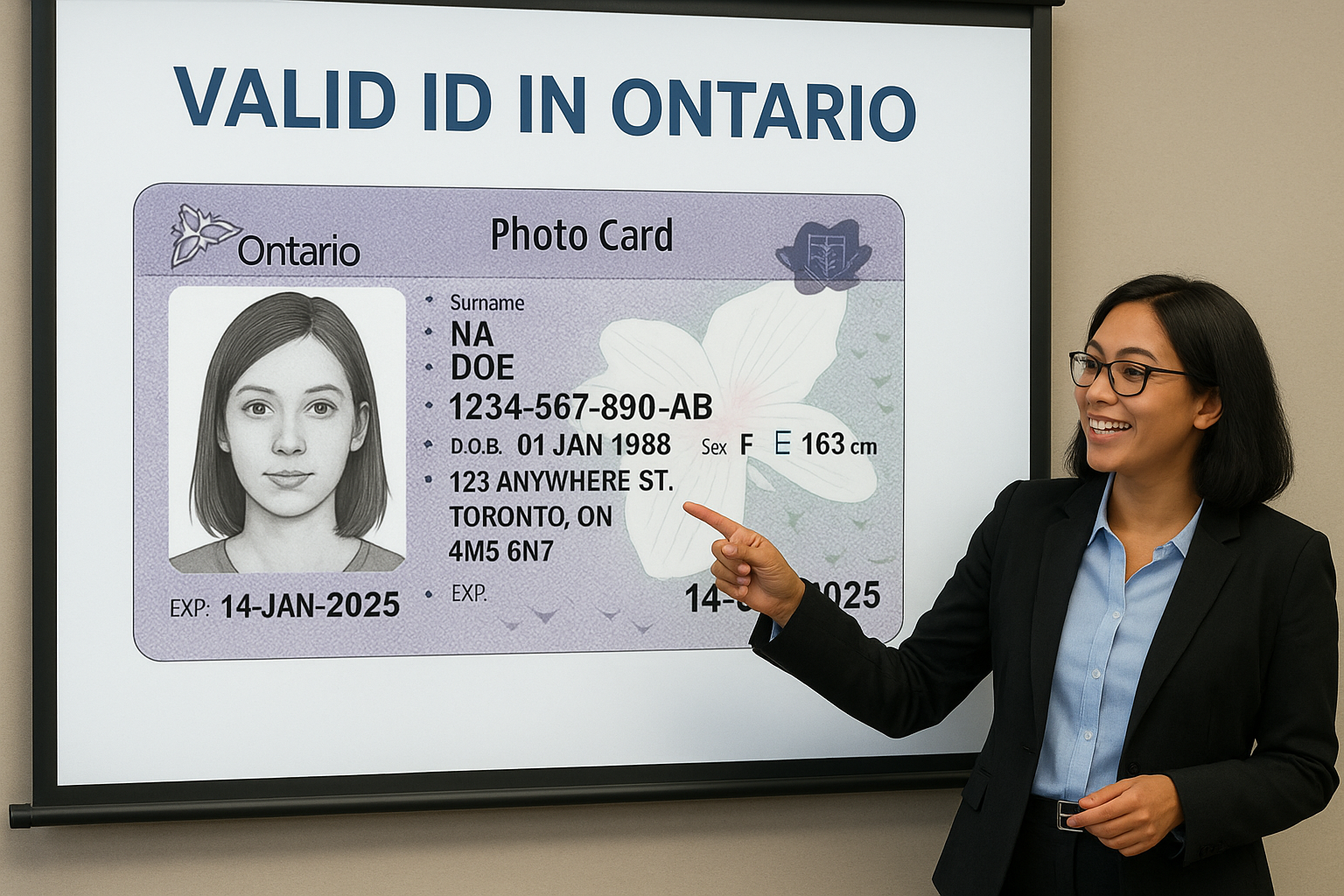Table of Contents
ToggleWhat is the Bank of Canada Prime Rate? A Guide for Homeowners
The Prime Lending Rate at the Bank of Canada
The Bank of Canada Prime Rate is a crucial financial benchmark that influences a wide range of borrowing costs, from mortgages to loans, affecting homeowners across the country. Understanding this prime rate can help Canadian homeowners make informed decisions about mortgage options, especially when it comes to variable-rate loans. In this guide, we’ll break down what the prime rate is, how it impacts your mortgage, and what it means for your financial future as a homeowner.
What is the Bank of Canada Prime Rate?
The Bank of Canada Prime Rate is a reference interest rate set by Canadian banks based on the target for the overnight rate established by the Bank of Canada. The overnight rate is the rate at which major financial institutions lend money to each other, and it serves as the foundation for the prime rate. The prime rate is used by banks to determine the interest rates on various types of loans, including mortgages, lines of credit, and personal loans.
When the Bank of Canada adjusts its overnight rate, banks follow suit by adjusting their prime rates. A lower prime rate usually means lower borrowing costs, while a higher rate increases interest expenses for borrowers. For Canadian homeowners, understanding this rate is essential, as it can significantly affect monthly mortgage payments, especially if they have a variable-rate mortgage.
How Does the Prime Rate Affect Mortgages?
The Bank of Canada Prime Rate plays a vital role in determining the interest rates for variable-rate mortgages. Unlike fixed-rate mortgages, which maintain the same interest rate throughout the term, variable-rate mortgages are directly tied to the prime rate. When the prime rate goes up, so does the interest rate on a variable-rate mortgage, leading to higher monthly payments. Conversely, when the prime rate drops, homeowners can benefit from reduced monthly payments.
For homeowners trying to decide between a variable and fixed-rate mortgage, it’s important to understand the pros and cons of both. A variable-rate mortgage can offer lower initial rates, but it comes with the risk of increasing rates if the prime rate rises. Fixed-rate mortgages, on the other hand, provide stability, as the interest rate remains unchanged throughout the term, making budgeting easier for homeowners.
Historical Trends of the Bank of Canada Prime Rate
The prime rate has fluctuated considerably over the years, influenced by economic events and changes in monetary policy. For instance, during the 2008 financial crisis, the Bank of Canada significantly lowered the prime rate to stimulate borrowing and economic activity. Similarly, during the COVID-19 pandemic, rates were dropped to historic lows to support the struggling economy.
Historically, the prime rate has been used as a tool to manage inflation and economic stability. During periods of economic growth, the Bank of Canada may raise the rate to keep inflation in check, while in times of economic downturn, the rate is lowered to encourage borrowing and spending. A visual timeline or graph of prime rate changes since 2000 can provide valuable context for homeowners considering a variable-rate mortgage.
Fictional Example: How Prime Rate Changes Affect a Mortgage Payment
Let’s take a look at a fictional example involving the Thompson family, who have a $400,000 variable-rate mortgage. Initially, the prime rate is set at 3.5%, and their mortgage interest rate is 2.5% (prime rate minus 1%). Their monthly payment is $2,000. Now, imagine the Bank of Canada deciding to lower the prime rate to 2.75%. As a result, the Thompsons’ mortgage rate drops to 1.75%, reducing their monthly payment to $1,800. This decrease helps the Thompsons save $200 a month, providing them with extra cash flow for other expenses.
This example demonstrates how even a small change in the prime rate can have a significant impact on monthly mortgage payments. Homeowners with variable-rate mortgages must stay informed about prime rate changes to anticipate fluctuations in their financial obligations.

Factors That Influence the Bank of Canada Prime Rate
Several factors influence the Bank of Canada Prime Rate, including:
- Inflation: The Bank of Canada adjusts the prime rate to manage inflation. When inflation is high, the rate may be increased to curb spending.
- Economic Growth: Strong economic growth can lead to rate increases to prevent the economy from overheating.
- Global Economic Conditions: Events such as international financial crises can also impact the prime rate, as the Bank of Canada adjusts rates to maintain financial stability.
The Bank of Canada’s primary goal is to keep inflation low and stable, which means adjusting the prime rate in response to changing economic conditions. Understanding these factors can help homeowners predict potential changes in their mortgage rates.
Should Homeowners Choose a Variable or Fixed Rate Mortgage?
Deciding between a variable or fixed-rate mortgage depends largely on a homeowner’s financial situation and risk tolerance. A variable-rate mortgage can be advantageous when the prime rate is expected to remain low or decrease, as borrowers can benefit from lower monthly payments. However, homeowners must be prepared for the possibility of rate increases, which can lead to higher costs.
Fixed-rate mortgages offer stability and predictability, as the interest rate remains unchanged throughout the term. This can make budgeting easier and provides peace of mind for those who prefer to avoid the uncertainty of rate fluctuations. Ultimately, the decision should be based on an individual’s financial goals, market conditions, and comfort with risk.
Key Considerations for Homeowners When the Prime Rate Changes
When the prime rate changes, homeowners need to be proactive:
- Budget for Potential Increases: Homeowners with variable-rate mortgages should consider how a rate increase could affect their monthly payments and adjust their budgets accordingly.
- Emergency Fund: Maintaining an emergency fund can help cover increased mortgage costs if rates rise.
- Refinancing Options: If rates are expected to rise significantly, homeowners may want to consider refinancing to a fixed-rate mortgage to lock in a stable rate.
How to Find the Current Prime Rate and Stay Updated
Homeowners can easily find the current prime rate by visiting the Bank of Canada’s official website. The prime rate is reviewed periodically, and any changes are announced by the Bank of Canada. Staying informed about these updates can help homeowners anticipate changes in their mortgage payments and make informed decisions.
For those interested in staying up-to-date on rate changes, financial news websites and the Bank of Canada’s own publications are excellent resources.
Conclusion on the Bank of Canada
Understanding the Bank of Canada Prime Rate is key to making informed decisions about mortgages and other loans. Whether you are considering a variable-rate mortgage or trying to understand how rate changes could impact your current loan, staying informed is crucial. By understanding the factors that influence the prime rate and its historical trends, homeowners can make better financial decisions that align with their goals.
FAQs
Q1: What is the Bank of Canada Prime Rate today?
The current Bank of Canada Prime Rate can be found on the Bank of Canada’s official website.
Q2: How often does the Bank of Canada adjust the prime rate?
The Bank of Canada reviews the prime rate regularly, typically during scheduled monetary policy meetings throughout the year.
Q3: How does the prime rate affect my mortgage payments?
If you have a variable-rate mortgage, changes in the prime rate will directly impact your interest rate and, consequently, your monthly payments.
Q4: Is a variable-rate mortgage better when the prime rate is low?
A variable-rate mortgage can be advantageous when the prime rate is low, as it generally results in lower monthly payments. However, it’s important to consider the potential for future rate increases.
Q5: Can the prime rate change multiple times in a year?
Yes, the prime rate can change multiple times in a year, depending on economic conditions and the decisions made by the Bank of Canada.
Q6: How can I protect myself from rising prime rates?
You can protect yourself by maintaining an emergency fund, budgeting for possible rate increases, or considering refinancing to a fixed-rate mortgage.
Q7: Where can I get more information about the Bank of Canada rates?
For more information, visit the Bank of Canada’s official website or consult reputable financial news sources.
- How Soon Can You Lose Your House in Canada? The Truth About Foreclosure - July 14, 2025
- Title Insurance: Proven Homeowner Protection in 2025 - July 8, 2025
- ID Requirements for a Mortgage in Ontario: What You Need to Know - July 2, 2025





